Food television has transformed the way we think about travel destinations. What started as simple cooking shows evolved into globe-trotting culinary adventures that showcase not just great dishes, but entire food cultures.
These programs have turned ordinary cities into must-visit destinations for food lovers everywhere. Television chefs and food personalities have become our unofficial travel guides, taking us from bustling street food markets to legendary family restaurants.
When Anthony Bourdain explored the back alleys of Vietnam or when Food Network highlighted the barbecue joints of Kansas City, they weren’t just showing us food—they were revealing the soul of these places through their cuisine. Here is a list of 15 TV-famous food cities that deserve a spot on every food lover’s travel list.
New Orleans
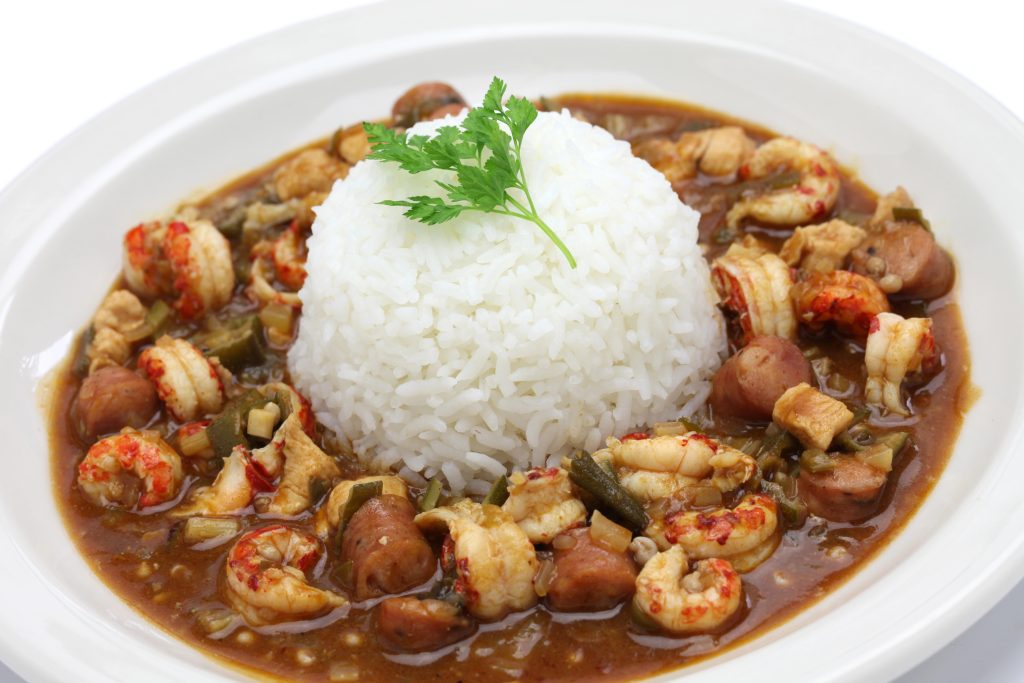
New Orleans practically invented the concept of food as entertainment long before television cameras arrived. Shows like ‘No Reservations’ and ‘Diners, Drive-Ins and Dives’ have showcased everything from traditional Creole gumbo to innovative takes on po’ boys.
The city’s unique blend of French, Spanish, African, and Caribbean influences creates a food scene that’s impossible to replicate anywhere else. You can’t walk three blocks in the French Quarter without stumbling across a restaurant that’s been featured on national television.
Tokyo
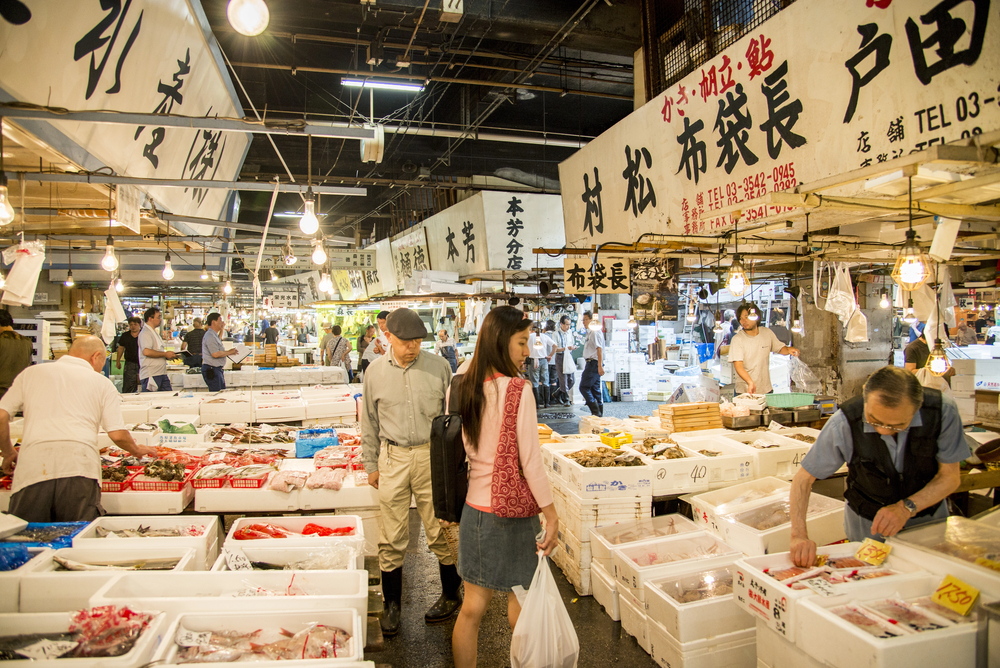
Japanese cuisine gained massive television exposure through countless food shows, but Tokyo remains the ultimate destination for authentic experiences. Programs like ‘Chef’s Table’ and Bourdain’s various series revealed how this city operates like a giant food laboratory where tradition meets innovation.
The famous Tsukiji Fish Market became a TV darling, though it’s now moved to Toyosu. Tokyo’s convenience store food alone could power an entire television series—and probably has.
Like Travel Pug’s content? Follow us on MSN.
Istanbul
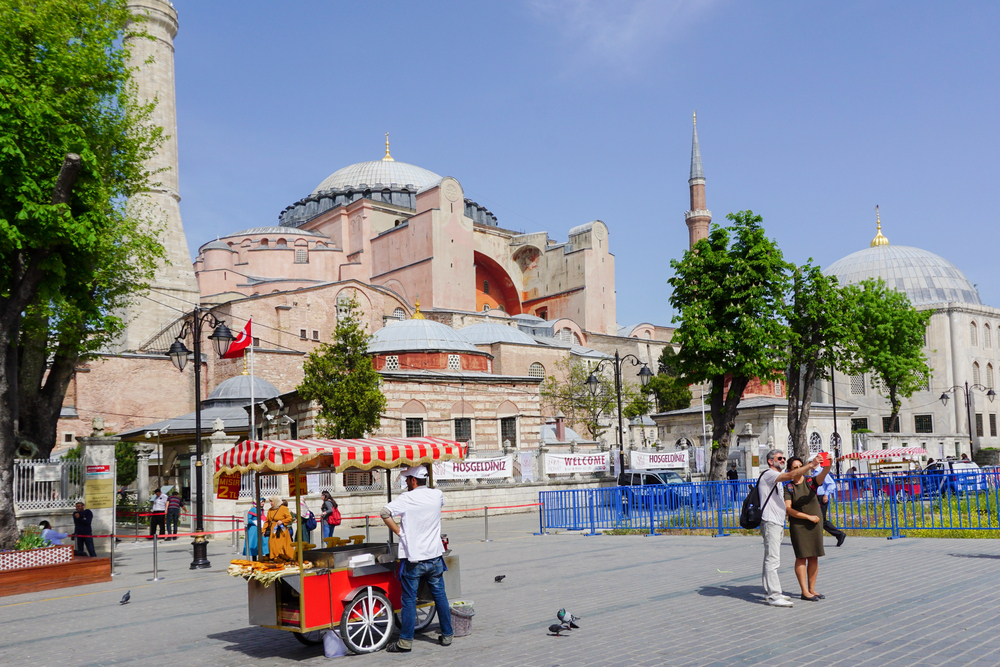
— Photo by makasanaphoto
Istanbul’s strategic location between Europe and Asia makes it a natural crossroads for incredible food, something television producers figured out quickly. Food shows love capturing the drama of the Grand Bazaar and the simplicity of street-side kebab vendors.
The city’s breakfast culture, with its elaborate spreads of cheeses, olives, and fresh bread, has become Instagram-famous partly thanks to TV exposure. Turkish coffee preparation ceremonies provide perfect television moments that showcase both ritual and flavor.
Lima
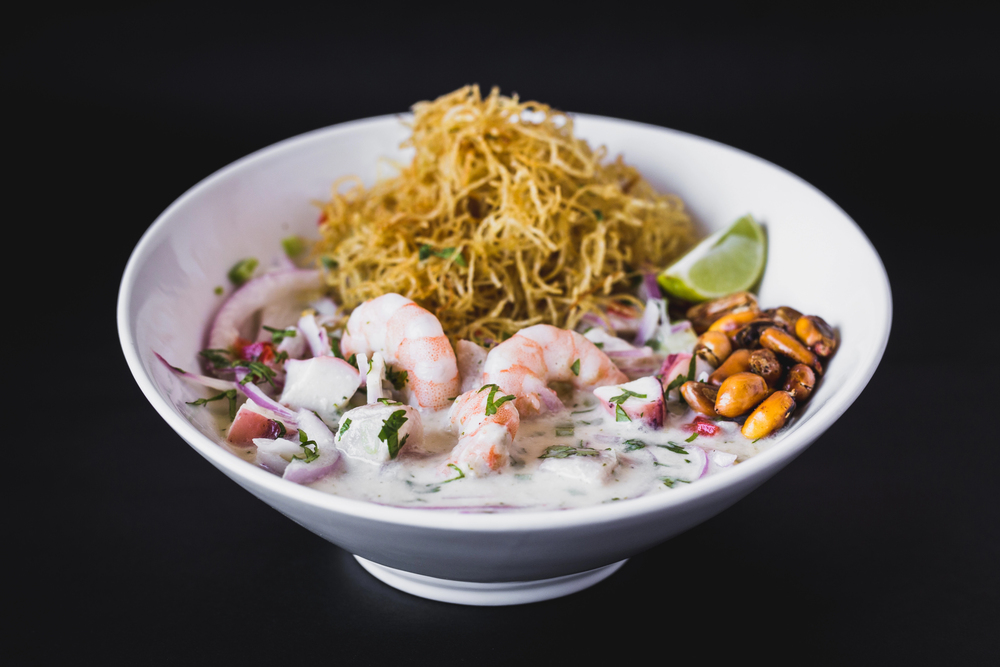
Peru’s capital city exploded onto the food television scene when shows started exploring South American cuisine beyond the usual suspects. Lima’s ceviche culture and its fusion of Japanese and Peruvian flavors (called Nikkei cuisine) made for compelling television content.
The city’s high-altitude location creates unique cooking challenges that fascinate TV chefs. Programs highlighting Lima often focus on how indigenous ingredients like quinoa and aji peppers create flavors that simply don’t exist anywhere else.
Bangkok
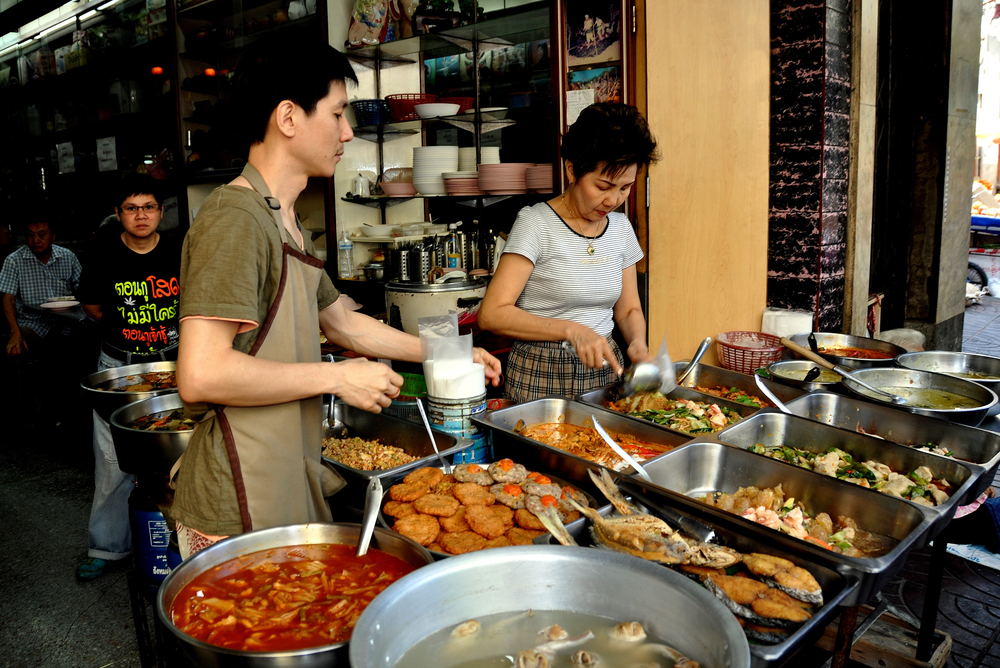
— Photo by LeeSnider
Thai street food became a television obsession, and Bangkok serves as the ultimate classroom for understanding this cuisine. Shows consistently return to the city’s floating markets and late-night food stalls where vendors have perfected single dishes over decades.
The contrast between five-star hotel restaurants and $2 street pad Thai creates natural television drama. Bangkok’s food scene operates 24/7, giving TV crews endless opportunities to capture the energy and chaos that makes great food television.
Like Travel Pug’s content? Follow us on MSN.
Charleston
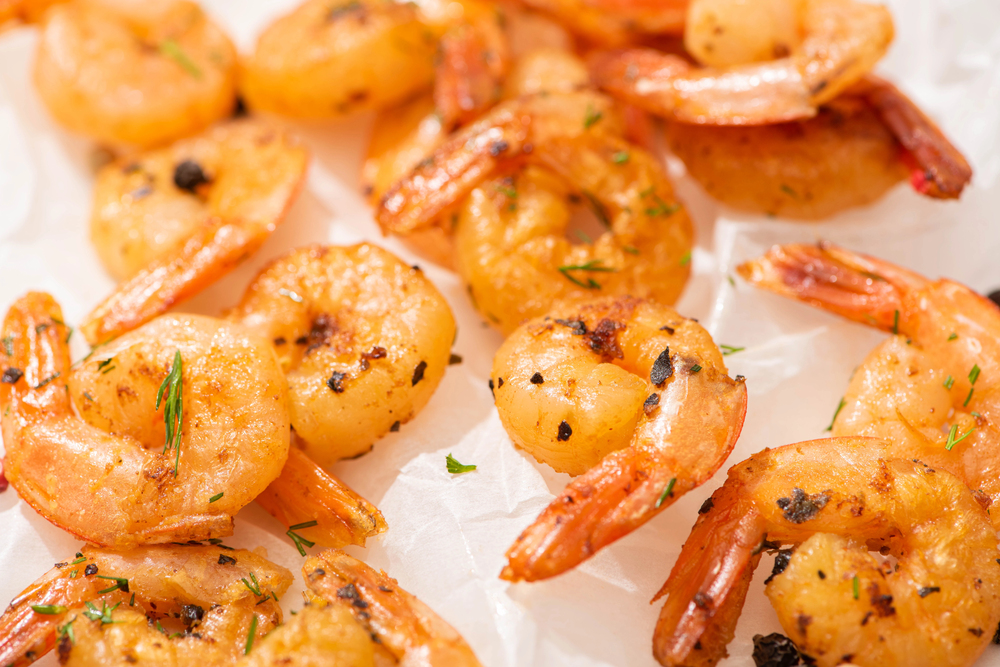
Southern cuisine got a major television boost when shows started exploring Charleston’s unique blend of African, French, and English influences. The city’s shrimp and grits became a signature dish partly because it photographs beautifully and tells a compelling cultural story.
Charleston’s restaurant scene benefits from both historical significance and modern innovation, creating perfect television content. The city’s picturesque setting doesn’t hurt either—Spanish moss and antebellum architecture make excellent backdrops for food stories.
Barcelona
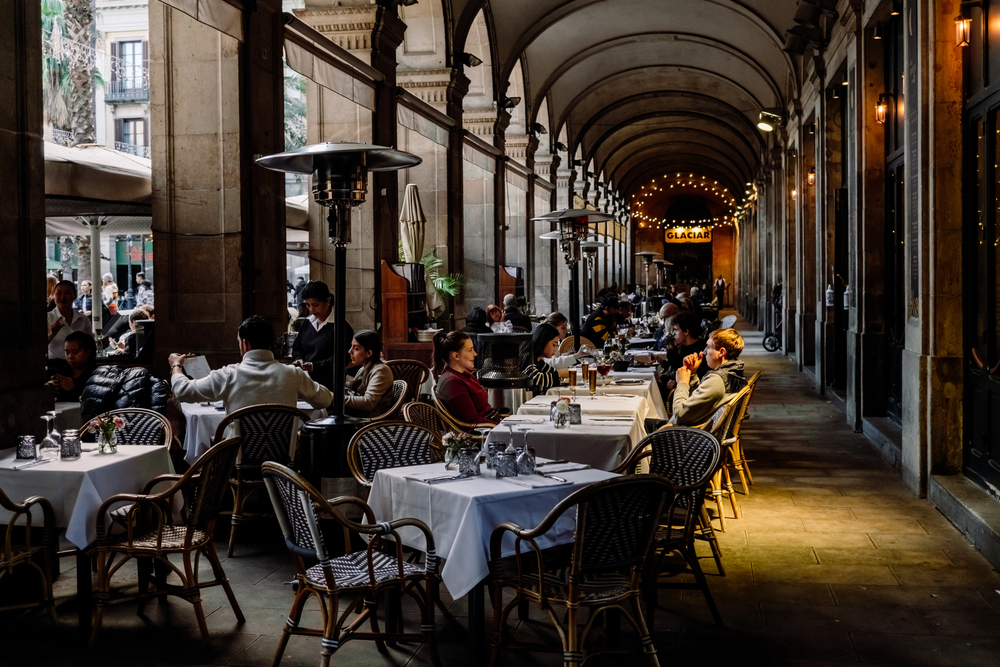
— Photo by joaquincorbalan
Spanish cuisine gained serious television credibility when shows started exploring Barcelona’s tapas culture and market scenes. The famous La Boqueria market became a must-visit TV location where cameras could capture both incredible ingredients and the theater of food preparation.
Barcelona’s late-night dining culture, where dinner doesn’t start until 10 PM, creates natural storytelling opportunities for television producers. The city’s combination of traditional Catalan dishes and modernist cuisine (think molecular gastronomy) provides endless content variety.
Montreal
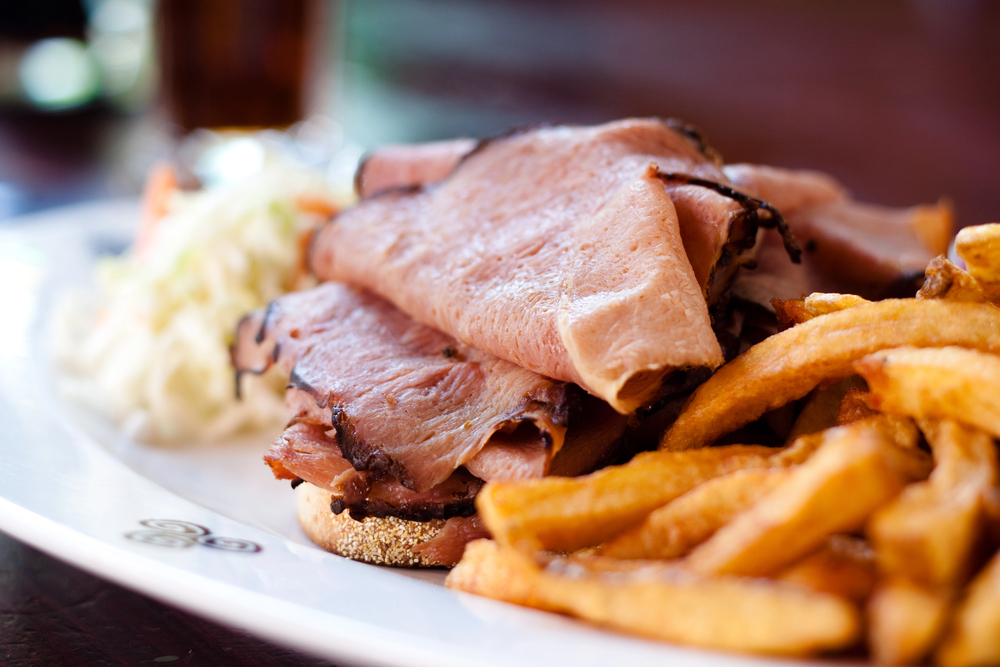
Canada’s food scene finally got television recognition largely through Montreal’s unique position as a French-influenced city in North America. Poutine became a TV star in its own right, though Montreal’s bagel culture and smoked meat traditions provide deeper storytelling opportunities.
The city’s brutal winters create a comfort food culture that translates beautifully to television. Montreal’s affordable dining scene means TV hosts can showcase incredible meals without the pretentiousness that sometimes accompanies fine dining.
Like Travel Pug’s content? Follow us on MSN.
Mumbai

— Photo by urf
Indian street food gained international television exposure through Mumbai’s incredible variety and accessibility. Shows love capturing the contrast between luxury hotels and street-side vendors selling the same basic dishes with completely different presentations.
Mumbai’s famous dabbawalas (lunch delivery system) became a television fascination because it represents efficiency that seems almost impossible to outsiders. The city’s vegetarian culture, influenced by large Jain and Hindu populations, provides TV shows with content that appeals to increasingly health-conscious audiences.
Melbourne
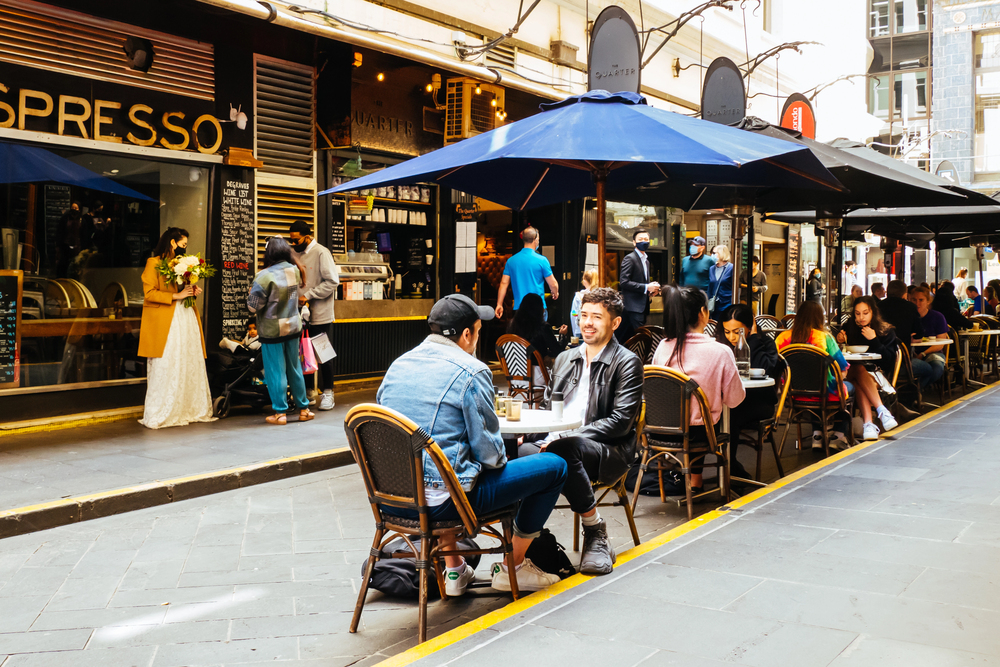
— Photo by filedimage
Australia’s food scene got serious television attention when shows discovered Melbourne’s coffee culture and laneway restaurant scene. The city’s Greek and Italian immigrant populations created fusion opportunities that make for interesting television content.
Melbourne’s weather variability means restaurants need to be creative with both indoor and outdoor dining, creating visual variety that television producers love. The city’s brunch culture became a global phenomenon partly through TV exposure of dishes like smashed avocado toast.
Seoul
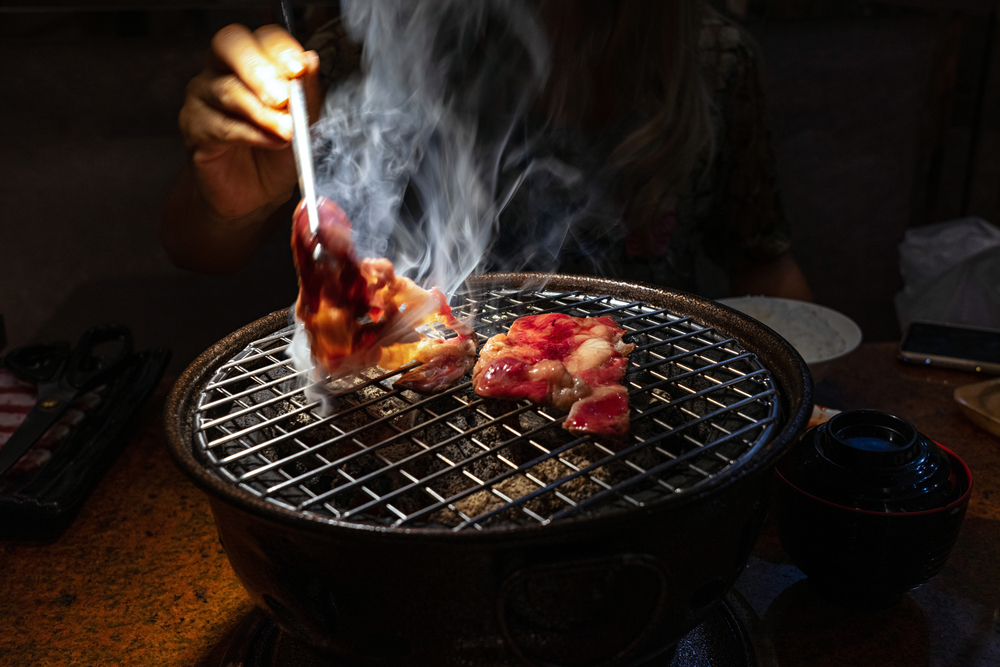
Korean cuisine exploded into mainstream television consciousness, and Seoul serves as ground zero for understanding everything from kimchi preparation to Korean barbecue rituals. The city’s 24-hour food culture means television crews can film compelling content at any hour. Seoul’s combination of ancient traditions and ultra-modern technology creates natural television drama—you might eat 500-year-old recipes in restaurants equipped with the latest gadgets.
Korean fried chicken became a TV sensation partly because it’s so visually appealing and differs significantly from American versions.
Like Travel Pug’s content? Follow us on MSN.
Portland
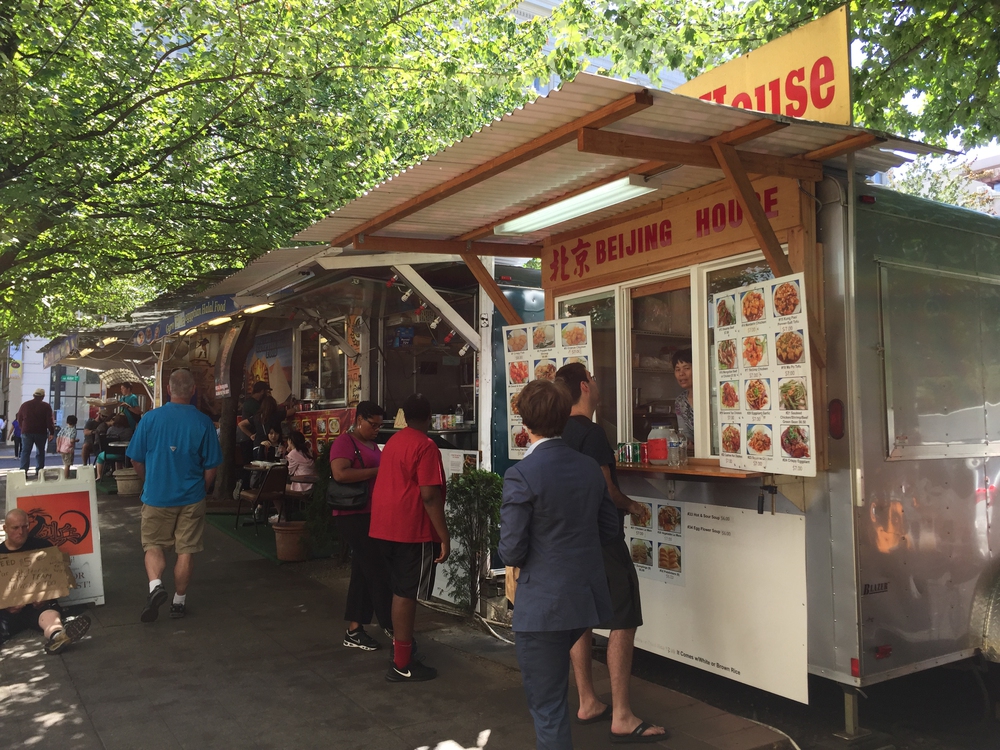
— Photo by sainaniritu
Portland’s food truck culture became a television phenomenon that influenced cities worldwide. Shows consistently highlight how this Pacific Northwest city turned alternative dining into mainstream success.
Portland’s commitment to local sourcing and sustainability provides television content that appeals to environmentally conscious viewers. The city’s weird culture (they literally have a slogan about staying weird) creates natural entertainment value that goes beyond just the food.
San Sebastian
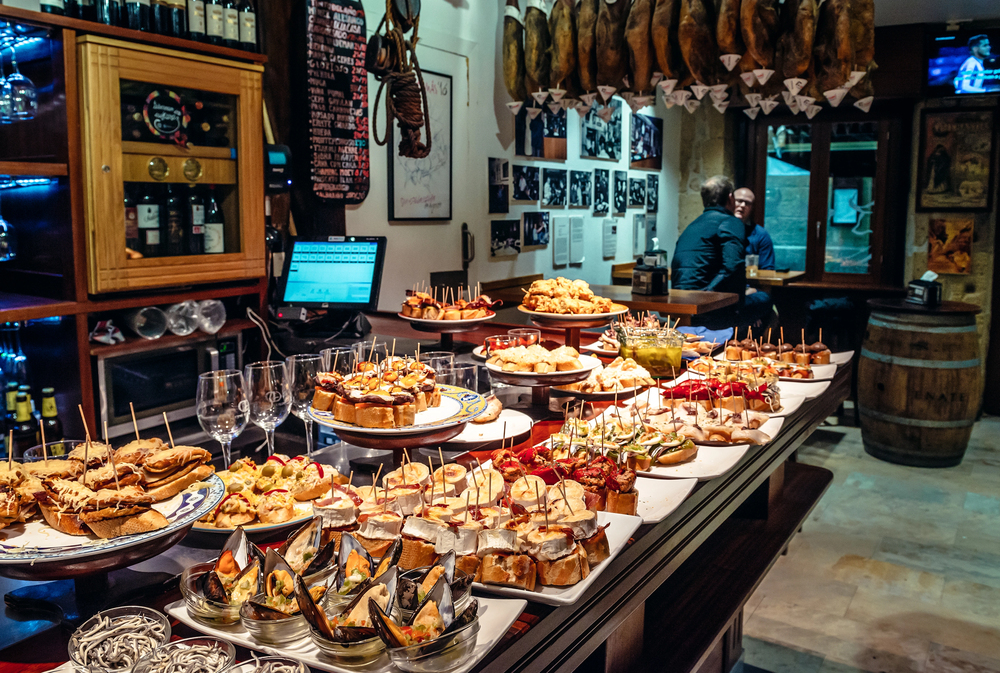
— Photo by fotokon
This small Basque city punches way above its weight in television appearances because it has more Michelin-starred restaurants per capita than anywhere except Kyoto. Pintxos (Basque tapas) culture creates perfect television content because each small plate tells its own story. San Sebastian’s location on the Bay of Biscay means incredible seafood that looks amazing on camera.
The city’s culinary competitions and festivals provide ready-made television events that showcase both tradition and innovation.
Ho Chi Minh City
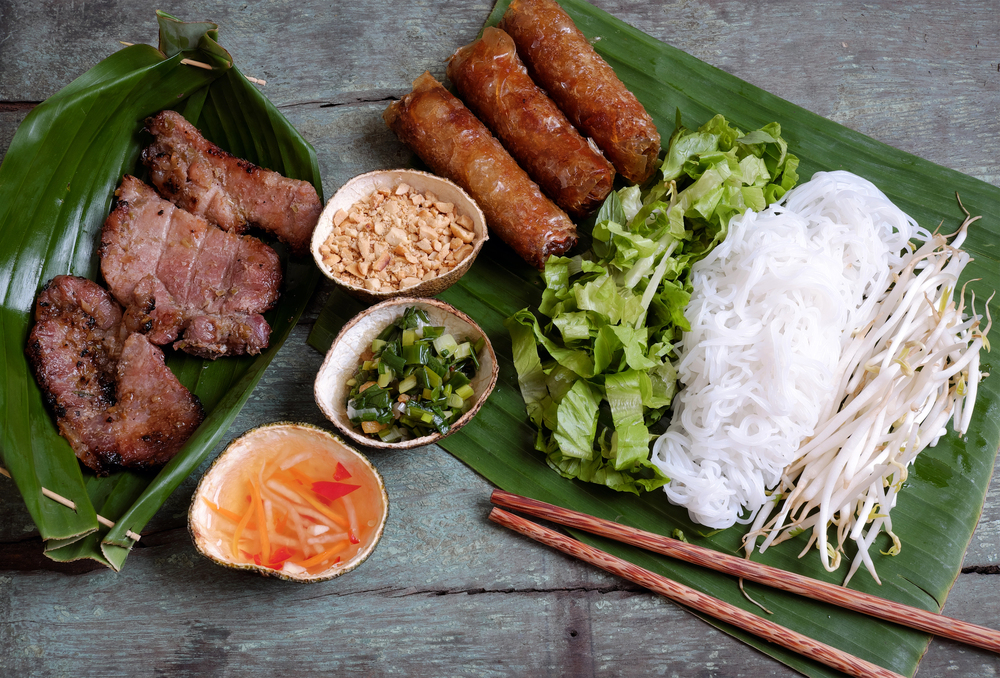
Vietnamese cuisine gained massive television exposure through this bustling metropolis where street food culture operates at an incredible pace and scale. Pho became a global phenomenon partly through TV shows that revealed the complexity hidden in what appears to be a simple soup.
The city’s motorbike culture creates unique dining experiences—you can literally eat while sitting on tiny plastic stools as thousands of scooters buzz past. Ho Chi Minh City’s layered history, from French colonialism to American involvement to modern development, creates storytelling opportunities that go far beyond just the food.
Like Travel Pug’s content? Follow us on MSN.
Naples
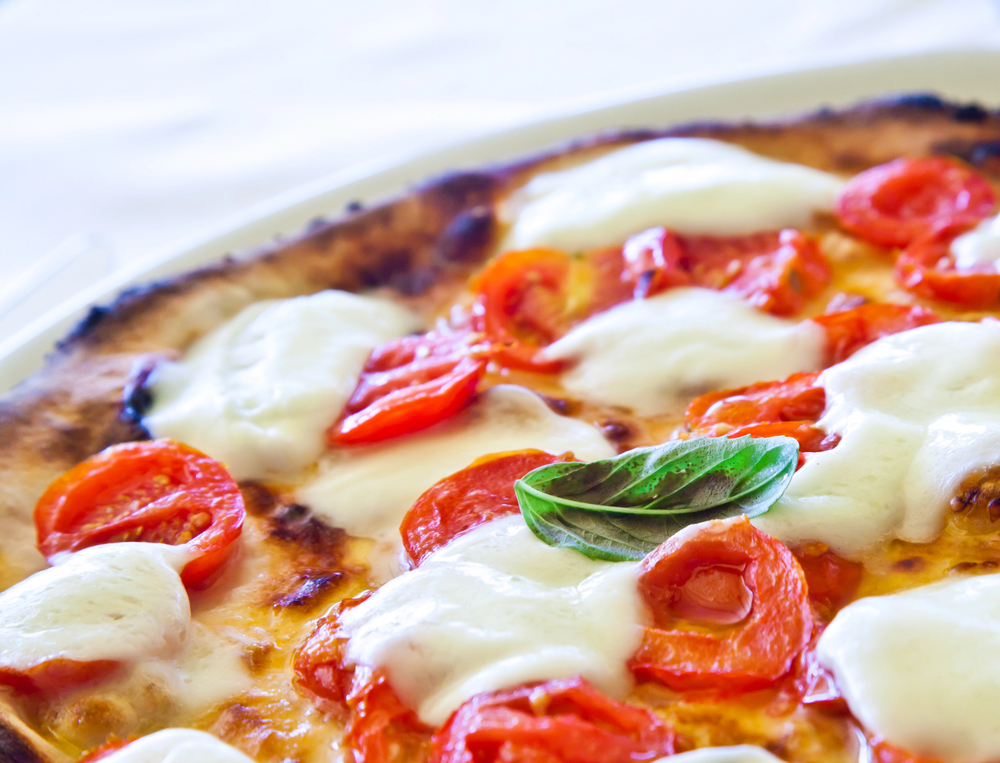
Pizza’s birthplace became a television pilgrimage site where shows could explore the difference between authentic Neapolitan pizza and what the rest of the world calls pizza. The city’s volcanic soil (thanks to Mount Vesuvius) creates unique growing conditions for tomatoes that make for interesting television science lessons.
Naples’ working-class food culture means incredible meals at prices that seem almost impossible to American audiences. The city’s relationship with tradition—some pizzerias have been using the same recipes for over 100 years—creates natural television drama about authenticity versus innovation.
Where Flavor Meets Screen
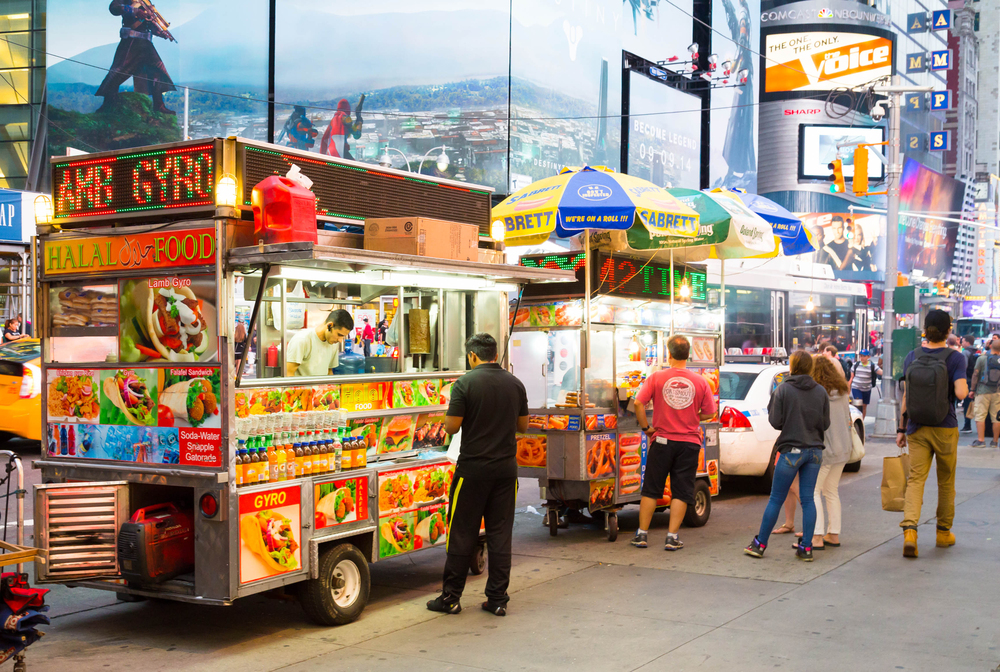
These television-famous food cities represent more than just great places to eat—they’ve become cultural ambassadors that have changed how the world thinks about their entire countries and regions. A decade ago, most Americans couldn’t locate Seoul on a map, but Korean barbecue restaurants now exist in every major U.S. city.
Food television didn’t just document existing food cultures; it actively shaped global dining trends and travel patterns. The shows that featured these cities created a new type of tourism where people travel specifically to eat dishes they first discovered on their screens.
Today’s food-focused travelers often plan entire trips around restaurants and markets they’ve seen on television, turning casual viewing into real-world adventures.
More from Travel Pug

- 20 Best Beach Towns in the Carolinas
- 13 Destinations Where Tourists Regularly Regret Their Trip
- 20 Things You Actually Get in First Class
- 20 Small Airports With Aviation Museums
- 20 Places in the U.S. That Are Perfect for a Reset Trip
Like Travel Pug’s content? Follow us on MSN.
